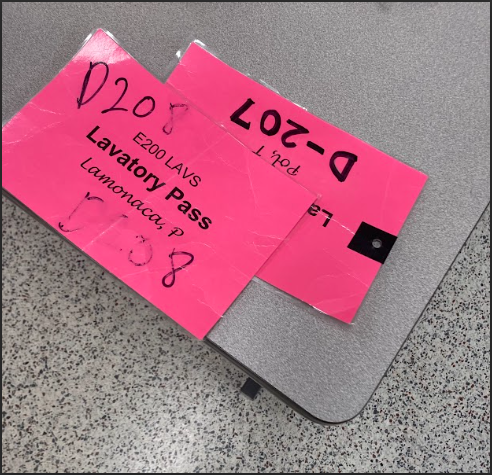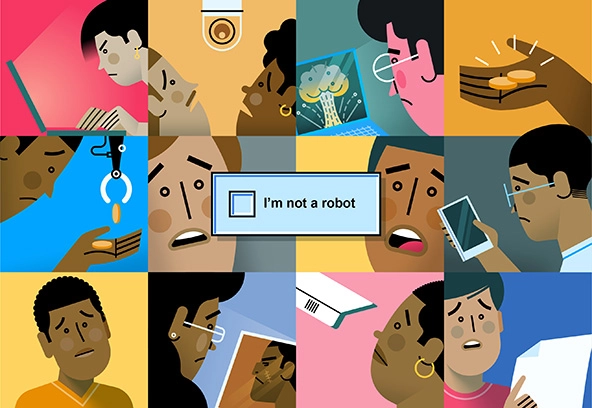Is Taking The Classroom Home The Right Choice For Students?
Ever since school has reopened in September, students have been debating whether they want to stay with virtual learning or try hybrid schooling. Virtual learning is when students take classes at home through google meets, and hybrid learning is when students alternate between attending school in-person and virtual learning. The main questions that are concerning students are “Is it safe to be in the school building?” or “Is virtual learning going to be effective when it comes to learning?” This article will showcase two sides of the debate: Virtual learning and hybrid learning as well as, list the pros and cons to each style of learning.
I personally enjoy 100% virtual learning. It allows me to learn in the comfort of my own home, not wake up super early, and, the obvious, lower my risk of spreading and catching COVID-19. I do miss interacting with other students and my teachers, but being virtual is best for my family and my safety. Unfortunately, COVID-19 did envelope in my household despite all precautions taken. It was an unbelievably boring twenty four days in quarantine. Being able to go out is one thing, but actually not being able to go is another. I was lucky to have been learning virtually due to the possibility that I could have been a non-symptomatic spreader. I had to miss a few marching band practices and games, but I was able to come back and perform once more. Although there are cons, the pros outweigh them.
Although online learning has its upsides, through hybrid learning students have the opportunity to have meaningful interactions with their teachers and peers, which is difficult to do through a screen. Hybrid learning proves to be more efficient when it comes to asking teachers for help; For example, it is much easier and faster for a student to ask questions after class rather than writing emails. Hybrid learning also provides a learning environment where students are typically more focused than those who participate in all-virtual learning. Too much screen time can cause concentration difficulties, as well as headaches and eye strain. Most importantly, Hybrid learning brings back a familiar feeling of talking to friends, walking around the gym track, and instant feedback from teachers. Renisha Parikh, a hybrid student in Cherokee High School, says that “Hybrid learning makes learning feel normal during these difficult times,” proving that comfort can still be brought to students from outside of their homes.

Two options. Two opinions. Virtual and hybrid learning have the pros and cons. Virtual learning works better for some and hybrid for others. Yet all that matters is that students are getting an education that incorporates their and their family’s comfort levels and needs.











